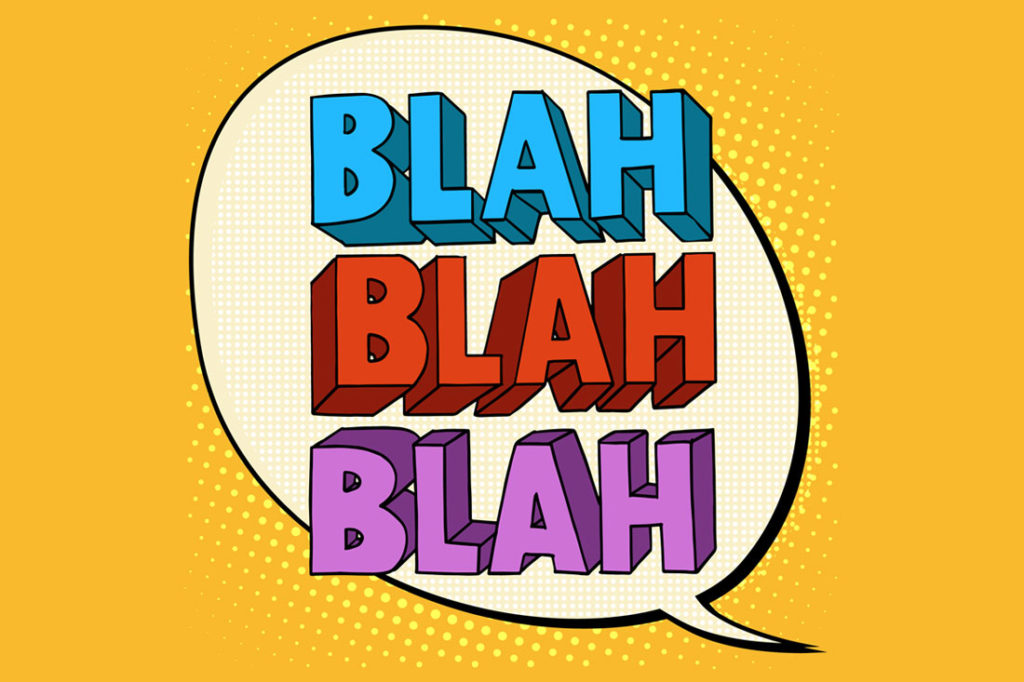He didn’t have to tell me everything. But he did. He told his story and he didn’t leave anything out. He admitted his mistakes and he owned his actions. He held nothing back, even though it would have been easier, even though it would have been expected. But he was honest with himself and he was honest with me. He was candid. It was refreshing and I felt relieved to talk to someone so forthright.
In Creativity, Inc.
When I reflect on the best relationships I have, personal and professional, the ones I value most are the real ones, the candid ones. Because, if you have feedback, I want to hear it. I want you to agree with me, to tell me that my presentation failed to connect, that my writing completely missed the point, and yes, that that dress is not flattering.
But rarely do we get that feedback—because we are afraid to give it. We fear sounding crass and disrespectful. And we were taught that if we didn’t have anything nice to say, don’t say anything at all.
When we hold back from saying the things we want to say, we do so with the belief that we are being nice. We don’t tell the people we are close to our honest opinion or offer all the facts. We shy away from exposing the complete truth as if silence protects our relationships. And by not telling others what they should hear, we are also protecting ourselves because it gives others no reason to provide us critical feedback in return.
When we choose to stay quiet, it affects growth—ours and those around us. When we hold back information, how can we improve or benefit when the response to “How was it?” is “Fine”?
Being candid is a skill, and it’s one you can get better at:
1. Candor is providing actionable feedback. It is not criticizing.
I’ve found that one of the best ways to do this is using a sequence I learned in a coaching course. It’s made up of two statements: “What worked well?” followed by “It could have been even better if…”
Recently I completed this with a coaching colleague. We agreed what she did well was ask the client clear questions, and by the end of the session she was able to steer the client to actionable steps. Then we agreed that it could have been even better if she allowed the conversation to lead itself instead of mentally prepping the next question while the client was still answering the previous one—and even better still if she would have taken a longer pause between topics to ensure the client’s thought process was complete.
By providing feedback in this sequence, we find a way of complimenting the other person (or ourselves) for what they have been able to accomplish, and we are able to comment in a format that is specific and actionable. Make sure to avoid vagueness—the person receiving the evaluation needs to know exactly what they could improve on.
2. Be proactive.
Admit your own flaws—when you are running 30 minutes late, don’t sugarcoat it as just “a few minutes.” Own up to your mistakes—call your customer and say you personally forgot to place their order right away and missed the next-day delivery cutoff time. Tell the truth—tell your colleague you recognize how hard public speaking is and that their speech would be even better if they recorded their practice sessions to become more aware of the number of times they say uhhh.
When you are the person who tells it like it is, the right way, people will respect you for your honesty. They’ll recognize your character as one that helps other people grow, improve, succeed—something very valuable in relationships, personal and professional.
Kim Orlesky is a 2015 SUCCESS BlogStars winner, nominated and voted upon as one of the most influential self-development writers and bloggers on the web.



